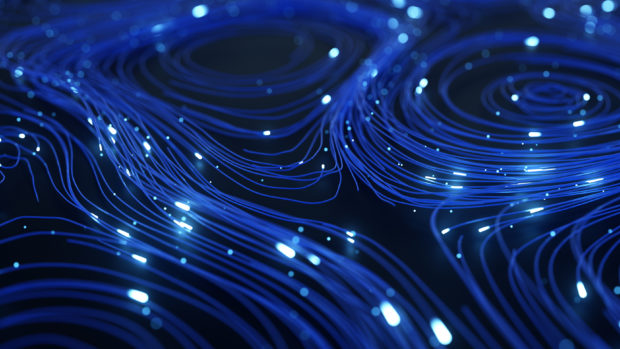
Image: shulz/Getty Images via ETX Studio
If you think that fiber-optic cables are only useful for providing high-speed internet access or cable TV, then think again, because they could also provide valuable information about hazardous events such as earthquakes and flooding.
Most often installed via underground networks of cables, fiber-optic technology can be used to monitor ground vibrations. It may sound surprising, but this “hidden function” of fiber-optic technology could prove particularly useful because geophones, the seismic monitoring devices traditionally used by geologists, are often difficult to install in urban areas due to high maintenance costs and risks of theft and vandalism.
Using fiber-optic distributed acoustic sensing (DAS) technology and existing telecommunications infrastructure, already in the ground, researchers from Penn State University converted the fiber-optic cable under the faculty campus to 2,300 seismic sensors.
The researchers then continuously recorded ground vibration data. This was stored on a network-attached storage server to provide remote, real-time data access.
“We discovered the fibers could pick up a wide variety of signal vibrations, from thunderstorms to human walking steps to music concerts. We can even distinguish the specific song at a concert by the patterns of the high and low tones. That’s a great demonstration of the sensitivity of these sensors,” explains Tieyuan Zhu, assistant professor of geophysics at Penn State and principal investigator on the research, published in Solid Earth.
However, the data obtained via these sensors did not turn out to be as accurate as data obtained using traditional geophones. Still, the scientists hope to be able to overcome this limitation thanks to new fiber-optic technology, coming “in the next five years.”
Among other things, the researchers now plan to use fiber-optic technology to monitor smaller events long-term, such as the underground movements that can lead to sinkholes and flooding.
“Several experiments in California have been carried out by teams using existing telecommunication infrastructure. But deploying this technology on the East Coast is important because we have very special geology here,” said Zhu.
This isn’t the first time that scientists have put fiber-optic technology to use in observing and monitoring nature. It is notably used for offshore ocean observations and to monitor permafrost stability in the Arctic. JB
RELATED STORIES:
How to prepare for the Big One and other hazards in 8 steps
How maps and ‘mapathons’ can aid Philippines amid coronavirus, disasters